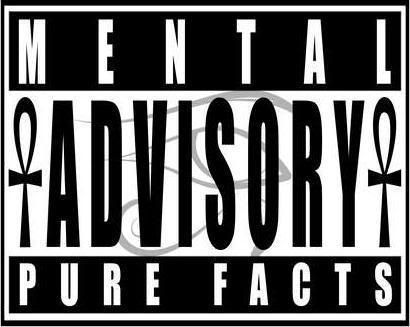Sunday, July 8, 2012
Self-Hypnosis Helps Children Overcome Migraines
In the United States, about 5% of elementary school aged children get migraines. For teenagers, the percentage increases to 20% experiencing migraines (familydoctor.org). Symptoms of juvenile migraines are similar to migraines adults get. Symptoms include intense pain in the head, nausea and sensitivity to light and sounds; movement can cause it to worsen. Self-hypnosis has been found to be an effective tool for children to use in easing the pain of migraines.
In children, there are many things that can trigger migraines. Causes include hormonal changes, loud noises, bright lights, stress, foods, sleeping problems, and intense exercise. There are small changes that children can make in their lifestyle that can help to not trigger migraines. There are many foods that trigger migraines such as cheese, MSG (a flavor enhancer), caffeine, and chocolate; these foods should be avoided as much as possible. Children should stick to a regular schedule as much as possible. Eating frequent small meals, getting adequate amount of small meals, and learning to manage stress can make a huge difference in reducing frequency of migraines.
A lot of parents have a hard time determining whether their child's headache is a migraine or a headache. A child who has a migraine will complain of a pounding intense pain in their head, often starting in the forehead or behind the eyes. Oftentimes, children with a migraine will complain of being nauseous and actually experience vomiting. Also, sensitivity to light and sound is extreme and they often feel the need to lie down in a quiet and dark place.
A study was conducted looking at the role of self-hypnosis in children with migraines. Children ranged from ages 6-12. The study consisted of 28 children and they received a combination of medication, placebo, and self-hypnosis. For 6 months, all children received 3 months of medication to help reduce migraines (propranolol) and 3 months of placebo (no active ingredients). After the 6 months, the children were taught how to use self-hypnosis and used the techniques for 3 months.
The results of the study were highly significant. During the 3-month time period that the participants received propranolol, they reported an average of 14.9 migraines. While on a placebo for 3 months, the children reported experiencing an average of 13.3 migraines. From this data alone, one can assume that the medication had no effect on reducing the number of migraines. During the 3 months the patients used self-hypnosis, they reported an average of 5.8 migraines. The result of this study shows the highly significant results of using self-hypnosis to reduce migraines in children. Self-hypnosis was found to be more highly effective than medication or no treatment (Olness, MacDonald, & Uden, 1987).
This study shows how important self-hypnosis is in reducing the frequency of migraines in children. Self-hypnosis is a highly effective treatment in reducing symptoms and changing behavior. Hypnosis is a natural form of treatment that helps children concentrate on gaining control over their symptoms and improving their overall well-being (Sugarman, 1996).
Sources
Migraine Headache in Children and Adolescents. Familydoctor.org. Retrieved on May 22, 2009: http://familydoctor.org/online/famdocen/home/children/parents/common/...
Olness, K., MacDonald, J.T., & Uden, D.L. (1987). Comparison of self-hypnosis and propranolol in the treatment of juvenile classic migraine. Pediatrics, 79(4), 593-597.
Sugarman, L.I. (1996). Hypnosis: Teaching children self-regulation. Pediatrics.
Source - www.naturalnews.com
Subscribe to:
Post Comments (Atom)

No comments:
Post a Comment